- Home
- Collecting & Sculpting
- What is Porcelain
What Is Porcelain? The Complete Guide to "White Gold" (2025)
By Peter Holland, Master Clay Modeller & Porcelain Sculptor
What is Porcelain? Porcelain is a ceramic masterpiece material born from fire, clay, and centuries of human obsession. More than just "fired clay," porcelain represents the pinnacle of ceramic artistry, a material so prized that European royalty once valued it more than gold itself.
If you have ever wondered what makes porcelain so special, you are about to discover why this remarkable material has captivated collectors, artists, and craftspeople for over 1,000 years.
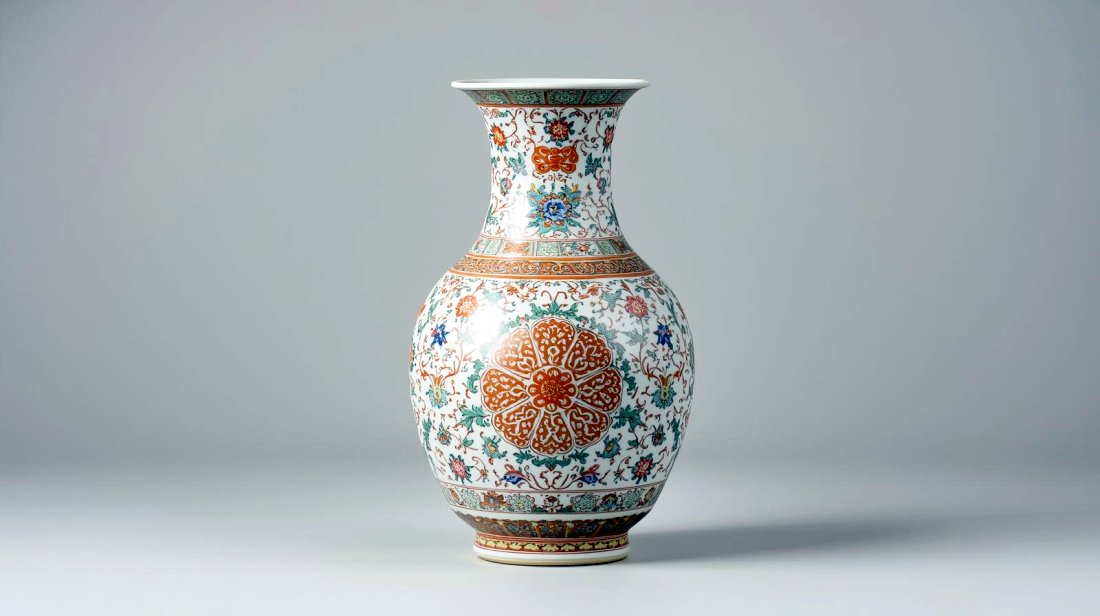 Porcelain is a ceramic masterpiece born from fire, clay, and centuries of human obsession
Porcelain is a ceramic masterpiece born from fire, clay, and centuries of human obsessionQuick Answer: What Is Porcelain?
Porcelain is a fine, translucent ceramic made from kaolin clay, feldspar, and silica, fired at extreme temperatures (1,200-1,450°C). Its defining characteristics are translucence, durability, impermeability, and a distinctive bell-like ring when tapped.
But this simple definition barely scratches the surface of porcelain's extraordinary story and properties.
The Five Hallmarks That Define True Porcelain
Translucence: The Porcelain Glow
Hold a piece of fine porcelain to the light, and you will witness its signature magic, a soft, ethereal glow that penetrates the material. You can see shadows of your fingers through thin walls, a quality achieved through:
- Ultra-pure kaolin clay that fires to a glass-like consistency
- High-temperature firing (above 1,200°C) that vitrifies the body
- Precise thickness control that allows light penetration without weakness
This translucence is porcelain's primary distinguishing feature from all other ceramics.
Exceptional Durability Despite Delicate Appearance
Porcelain embodies a beautiful paradox, it appears fragile yet possesses remarkable strength:
- Vitrified body structure creates density comparable to natural stone
- Resistance to chipping and cracking due to molecular fusion during firing
- Longevity spanning centuries when properly maintained
Complete Impermeability
The high-temperature firing process creates a completely non-porous surface:
- Zero liquid absorption prevents staining and odour retention
- Food-safe surface that will not harbour bacteria
- Easy cleaning without special treatments or sealers
Distinctive Musical Ring
A gentle tap on fine porcelain produces a clear, bell-like chime, a sound that:
- Indicates proper firing and structural integrity
- Serves as an authenticity test for collectors
- Results from optimal density and molecular alignment
Pure White Base Colour
True porcelain fires to a brilliant white colour that:
- Provides the perfect canvas for decoration and glazing
- Indicates high-quality raw materials free from iron impurities
- Allows for subtle colour variations in decorative applications
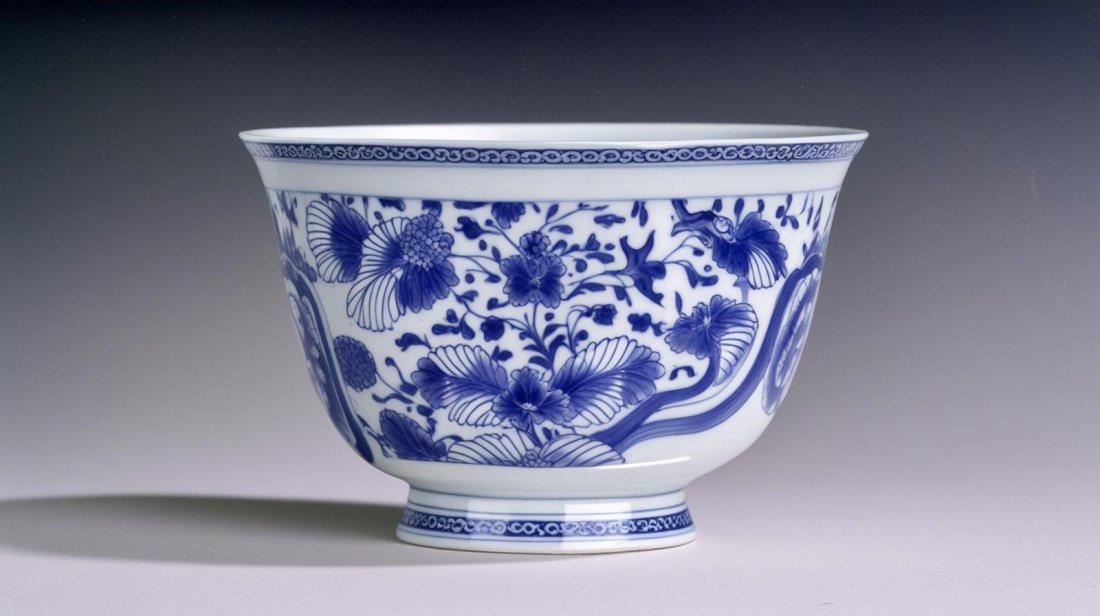 Chinese hard paste porcelain Qing Dynasty
Chinese hard paste porcelain Qing DynastyThe Three Types of Porcelain (And Why It Matters)
Hard-Paste Porcelain: The Original Chinese Formula
The gold standard of porcelain, perfected during China's Tang Dynasty (618-907 AD):
Composition:
- Pure kaolin clay (40-60%)
- Feldspathic rock (25-35%)
- Silica/quartz (15-25%)
Firing Temperature: 1,300-1,450°C
Characteristics:
- Hardest and most durable type
- Brightest white colour
- Highest translucence
- Most resonant ring
Why collectors prize it: Represents the "truest" form of porcelain, unchanged for over 1,000 years.
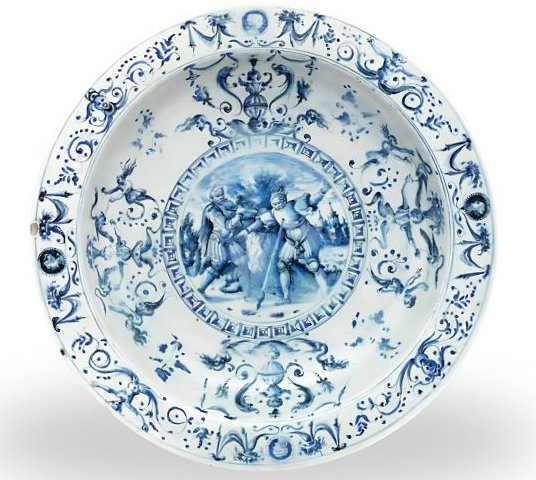 Soft- paste porcelain was produced in the Medici porcelain work shops from 1575 to about 1587
Soft- paste porcelain was produced in the Medici porcelain work shops from 1575 to about 1587Soft-Paste Porcelain: European Innovation Through Necessity
Born from European desperation to replicate Chinese porcelain (16th-18th centuries):
Composition:
- Substitute clays mixed with:
- Ground glass
- Soapstone
- Bone ash (in some recipes)
Firing Temperature: 1,000-1,200°C
Characteristics:
- Softer, more workable for artisans
- Creamier, warmer appearance
- Less durable than hard-paste
- Easier to decorate
Historical significance: Represents European ingenuity and the lengths artisans went to recreate "white gold."
For a full rundown of European soft-paste porcelain the go to book (downloadable) is available from the The Metropolitan Museum of Art called 'European Porcelain in The Metropolitan Museum of Art'
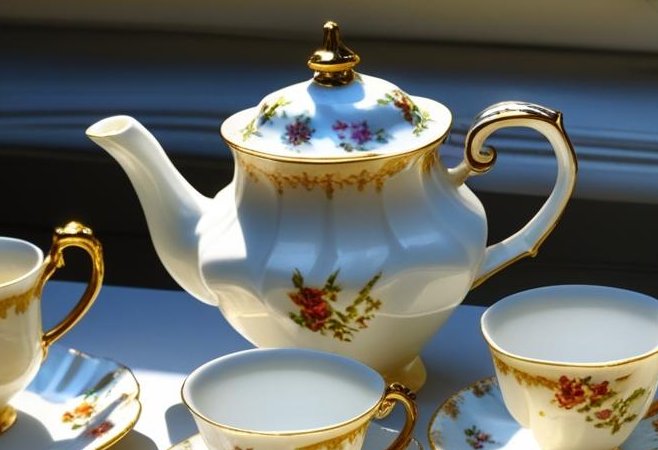 Classic English Bone China
Classic English Bone ChinaBone China: The British Breakthrough
England's unique contribution to porcelain history (perfected 1790s):
Composition:
- Kaolin clay (25%)
- China stone/feldspar (25%)
- Calcined bone ash (50%), the secret ingredient
Firing Temperature: 1,200-1,250°C
Characteristics:
- Warmest ivory-white colour
- Exceptional translucence
- Remarkable strength-to-weight ratio
- Ideal for thin-walled pieces
Modern relevance: Still the preferred choice for fine British tableware and collectible figurines.
My Professional Perspective: Why Porcelain Matters to Artists
As a sculptor who has worked extensively with both porcelain and bone china, I can tell you that porcelain offers something no other ceramic can match, absolute fidelity to artistic intention.
The Unglazed Advantage:
When creating figurines for Coalport's porcelain collections, we deliberately left pieces unglazed. Here is why this mattered:
- Every detail preserved: Unlike glazed bone china, where glaze can fill fine details, unglazed porcelain maintains every fold, crease, and subtle expression from the original sculpture
- Tactile honesty: The surface reveals the true quality of the modeling work
- Visual purity: No gloss to distract from form and proportion
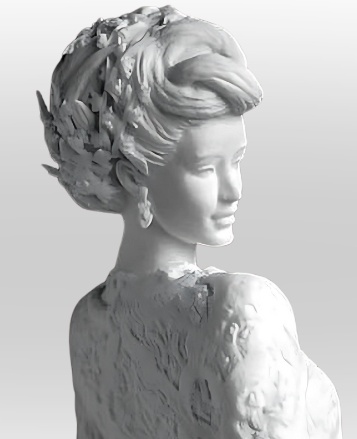 A Peter Holland Sculpture in Unglazed Porcelain - The Sharpest Option
A Peter Holland Sculpture in Unglazed Porcelain - The Sharpest OptionThe Collector's Choice:
In late 20th-century England, collecting porcelain versus bone china was almost tribal, like preferring the Beatles or Rolling Stones. This distinction, unique to the UK market, reflected the fundamental differences between these materials.
The Historical Quest for "White Gold"
China's Closely Guarded Secret (618-1708 AD)
 China's Closely Guarded Secret (618-1708 AD)
China's Closely Guarded Secret (618-1708 AD)For nearly 700 years, China held the world's only porcelain recipe as a state secret. European courts viewed porcelain as almost magical, impossibly strong yet delicate, pure white yet infinitely decorative.
The Economic Impact:
- Porcelain became one of China's most valuable exports
- European nobility spent fortunes acquiring Chinese pieces
- Trade routes like the Silk Road carried porcelain as precious cargo
Europe's Century-Long Obsession
European rulers became obsessed with unlocking porcelain's secrets:
Failed Attempts:
- Alchemists imprisoned until they "discovered" the formula
- Spies sent to Chinese factories
- Vast sums spent on experimental kilns and materials
The Breakthrough (1708):
German alchemist Johann Friedrich Böttger and scientist Ehrenfried Walther von Tschirnhaus finally cracked the code, leading to:
- Europe's first porcelain factory (Meissen, Germany)
- The end of Chinese monopoly
- A new era of European ceramic artistry
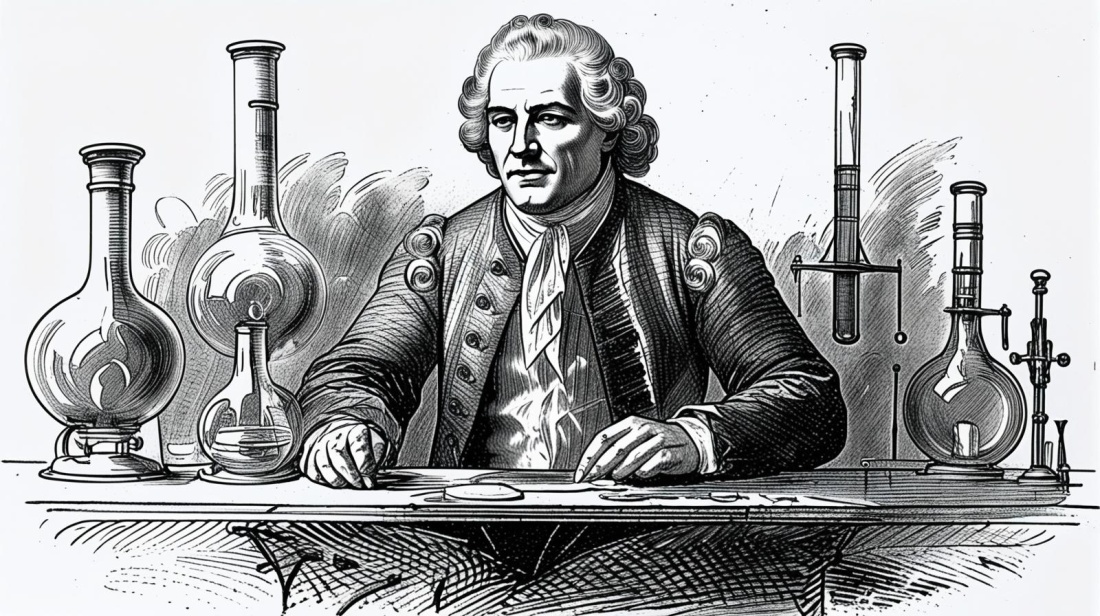 German alchemist Johann Friedrich Böttger
German alchemist Johann Friedrich BöttgerModern Applications: Beyond Fine China
Porcelain's remarkable properties have found new life in high-tech applications:
Medical Applications
- Dental crowns and veneers: Perfect match for natural tooth enamel
- Biomedical implants: Biocompatible and wear-resistant
- Surgical instruments: Non-reactive and sterilizable
Industrial Uses
- Electrical insulators: Excellent non-conductor for power lines
- Laboratory equipment: Chemical resistance for analytical work
- Aerospace components: Lightweight yet incredibly strong
Architecture and Design
- Building facades: Ultra-thin porcelain slabs for modern skyscrapers
- High-traffic flooring: Durability for commercial spaces
- Artistic installations: Contemporary artists push porcelain's boundaries
How to Identify Authentic Porcelain
Really What is Porcelain?
The Light Test
Hold the piece to a strong light source:
- True porcelain: Shows translucence with visible shadows
- Earthenware/stoneware: Remains opaque
- Bone china: Similar translucence but warmer tone
The Ring Test
Really What is Porcelain?
Gently tap with a pencil or fingernail:
- High-quality porcelain: Clear, sustained bell-like ring
- Damaged pieces: Dull thud or cracked sound
- Thick pieces: Lower pitch but still musical
Visual Inspection
- Colour: Pure white to slightly blue-white
- Surface: Smooth, non-porous finish
- Weight: Surprisingly light for its strength
- Edges: Clean, sharp definition on rims and details
Common Porcelain Myths Debunked

Really What is Porcelain?
Myth: "All White Ceramics Are Porcelain"
Truth: Many ceramics fire white, but only true porcelain combines whiteness with translucence, hardness, and impermeability.
Myth: "Porcelain Is Too Fragile for Daily Use"
Truth: Quality porcelain is actually more durable than most ceramics and perfect for everyday tableware when handled normally.
Myth: "Bone China Is Superior to Porcelain"
Truth: Both have advantages, bone china for strength and warmth, hard-paste porcelain for purity and authenticity.
Caring for Your Porcelain
Daily Maintenance
- Hand washing recommended: While dishwasher-safe, hand washing preserves decorative elements
- Avoid temperature shock: Do not pour boiling water into cold porcelain
- Store carefully: Use protective padding between stacked pieces
Professional Restoration
- Chips and cracks: Can often be professionally repaired
- Cleaning stains: Professional conservators can remove centuries-old discoloration
- Documentation: Maintain provenance records for valuable pieces
Investment and Collecting Considerations
Factors Affecting Value
- Age and provenance: Historical significance and maker reputation
- Condition: Cracks, chips, and restoration history
- Rarity: Limited production runs and survived pieces
- Artistic merit: Quality of decoration and form
- Market demand: Current collecting trends
Notable Porcelain Manufacturers
- Chinese: Imperial kilns, Jingdezhen factories
- German: Meissen, KPM Berlin
- French: Sèvres, Limoges
- English: Coalport, Royal Worcester, Spode
- Japanese: Imari, Satsuma
The Future of Porcelain
Technological Advances
- Nano-enhanced formulations: Even stronger and more versatile
- 3D printing applications: Complex forms impossible with traditional methods
- Smart ceramics: Porcelain with embedded sensors and electronics
Artistic Evolution
- Contemporary artists: Pushing boundaries of form and function
- Cultural fusion: East-meets-West design philosophies
- Sustainable production: Eco-friendly firing and material sourcing
Frequently Asked Questions
Is porcelain microwave and oven safe?
Most porcelain is microwave-safe, but pieces with metallic decoration should be avoided. For oven use, ensure gradual temperature changes to prevent thermal shock.
Why is porcelain called "china"?
The term "china" comes from the country of origin, China, where porcelain was first developed. In many languages, porcelain and China share the same word.
Can porcelain be recycled?
Porcelain cannot be recycled through standard programs due to its fired ceramic nature. However, broken pieces can be repurposed for drainage or artistic projects.
What is the difference between porcelain and ceramic?
Porcelain is a specific type of ceramic, distinguished by its translucence, hardness, and specific clay composition. All porcelain is ceramic, but not all ceramic is porcelain.
Conclusion: Why Porcelain Remains Timeless
After working with porcelain for decades, I can say with certainty that no other material quite matches its unique combination of beauty, durability, and artistic potential. From ancient Chinese imperial kilns to modern medical applications, porcelain continues to prove that the best materials transcend time and technology.
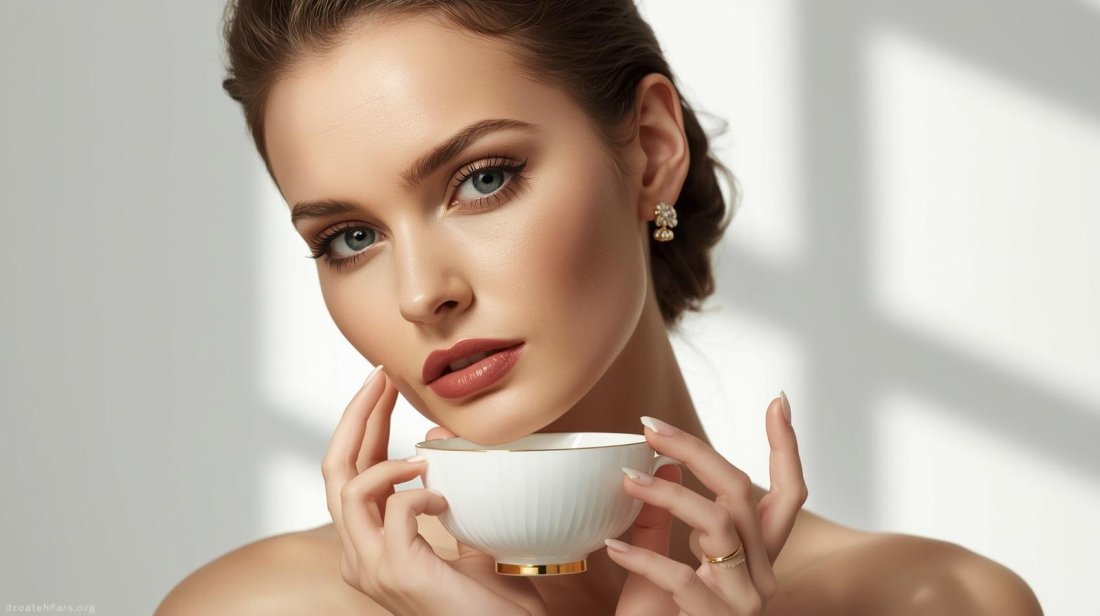 Porcelain - the beauty of white gold never fades
Porcelain - the beauty of white gold never fadesThe next time you hold a piece of fine porcelain, remember, you are not just holding fired clay. You are holding "white gold," a material that has driven exploration, inspired artistry, and graced the tables of emperors for over a millennium.
Ready to delve deeper into porcelain's secrets? Discover the exact ingredients and mixing ratios that create this remarkable material in our comprehensive guide: What is Porcelain Made Of?
About the Author: Peter Holland is a renowned UK clay modeller whose figurines are collected worldwide. With decades of hands-on experience working with porcelain and bone china, he brings unique professional insights to the world of ceramic artistry and collecting.
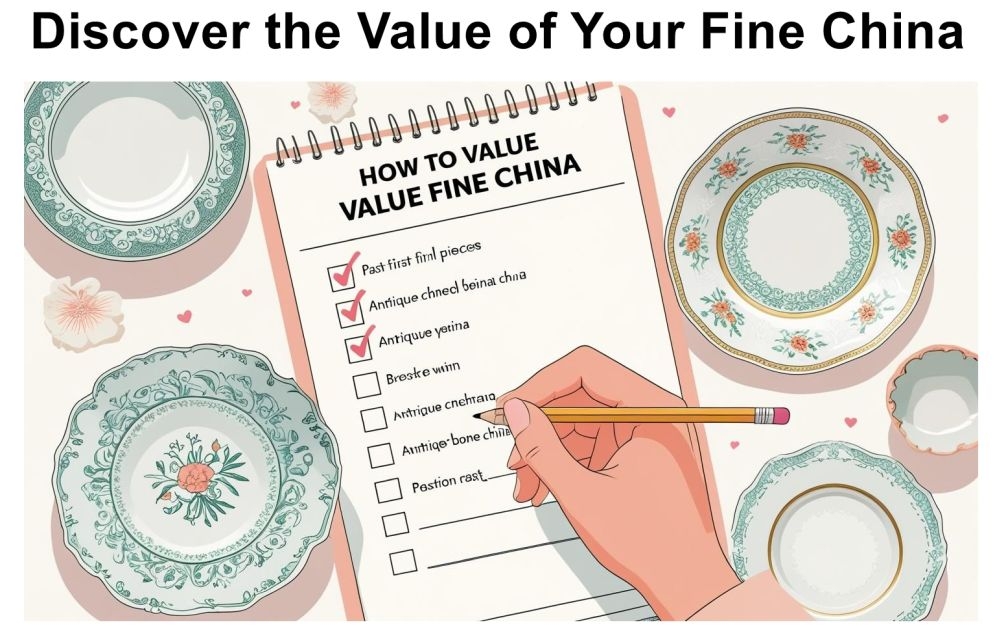
Inherited a china set?... Download my free 7-point checklist to instantly assess its potential value.
From the Studio
• Peter Holland Posters
• Sculpture Studio








